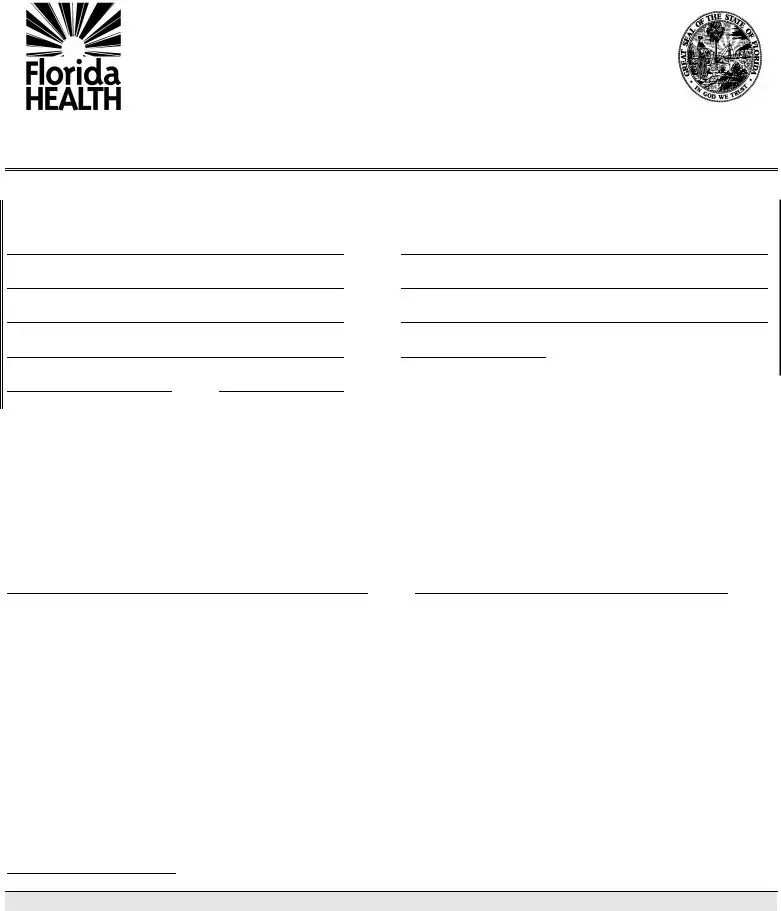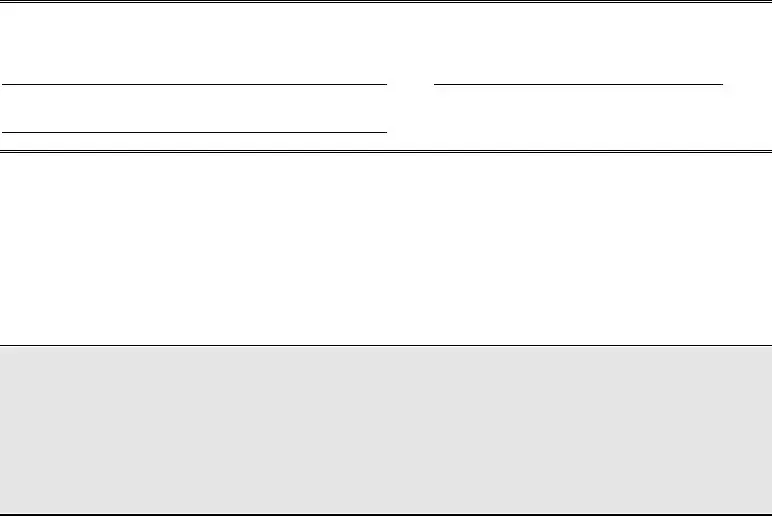What is the Florida DH 1777 form used for?
The Florida DH 1777 form, also known as the Nonresidential Radon Measurement Report, is utilized for reporting radon measurements in buildings other than single or multi-family dwellings. Facilities such as schools, day care centers, hospitals, correctional facilities, and others are required to submit this form to report initial, 5-year retest, or follow-up radon measurements as part of an ongoing effort to monitor and manage radon levels within nonresidential buildings across the state.
Who is required to complete the DH 1777 form?
Any entity responsible for the management or ownership of a nonresidential facility, where radon measurements are mandated by state regulations, must complete the DH 1777 form. This includes, but is not limited to, administrators of assisted living facilities, hospitals, schools (both public and private), correctional facilities, and any other specified facility type that falls under the requirements for radon measurement and reporting in Florida.
What types of buildings need to submit the DH 1777 form?
The DH 1777 form must be submitted for a wide range of nonresidential buildings including, but not limited to, assisted living facilities, hospitals, correctional facilities, nursing homes, day care centers, both public and private schools (K-12), and any other buildings as specified by the Florida Department of Health that are not single or multi-family dwellings.
What information is required on the DH 1777 form?
Completing the DH 1777 form requires detailed information about the facility and owner, building specifics such as name or ID, address, number of stories, age of building, foundation type, and HVAC system details, as well as comprehensive results from the radon measurements performed, including the type of measurement, dates, result units, and certification numbers of the individuals or businesses conducting the measurements.
How often should the DH 1777 be submitted?
The DH 1777 form should be submitted following the initial radon measurement and then every 5 years for a retest, in addition to any follow-up measurements that may be required. The frequency of submission ensures ongoing compliance with Chapter 64E-5, Florida Administrative Code, and Chapter 404, Florida Statutes, concerning radon safety measures.
Where do I send the completed DH 1777 form?
Once completed, the DH 1777 form should be sent to the Department of Health Bureau of Environmental Health / Radon Program at 4052 Bald Cypress Way, Bin #A12, Tallahassee, FL 32399-1720. Alternatively, the form can be scanned and emailed to RadonReports@FLhealth.gov for convenience.
Is there assistance available for completing the DH 1777 form?
Yes, assistance for completing the DH 1777 form is available. You can call 1-800-543-8279 for help with any questions or concerns you might have regarding filling out the form or understanding your obligations under Florida's radon measurement and reporting regulations.
What happens if I do not comply with the requirements of the DH 1777 form?
Failure to comply with the requirements for radon measurement and reporting, including proper completion and submission of the DH 1777 form, may lead to regulatory actions against the noncompliant entity. This could include fines, penalties, or other enforcement actions as deemed necessary by the Florida Department of Health to ensure public safety and adherence to state laws governing radon management.

